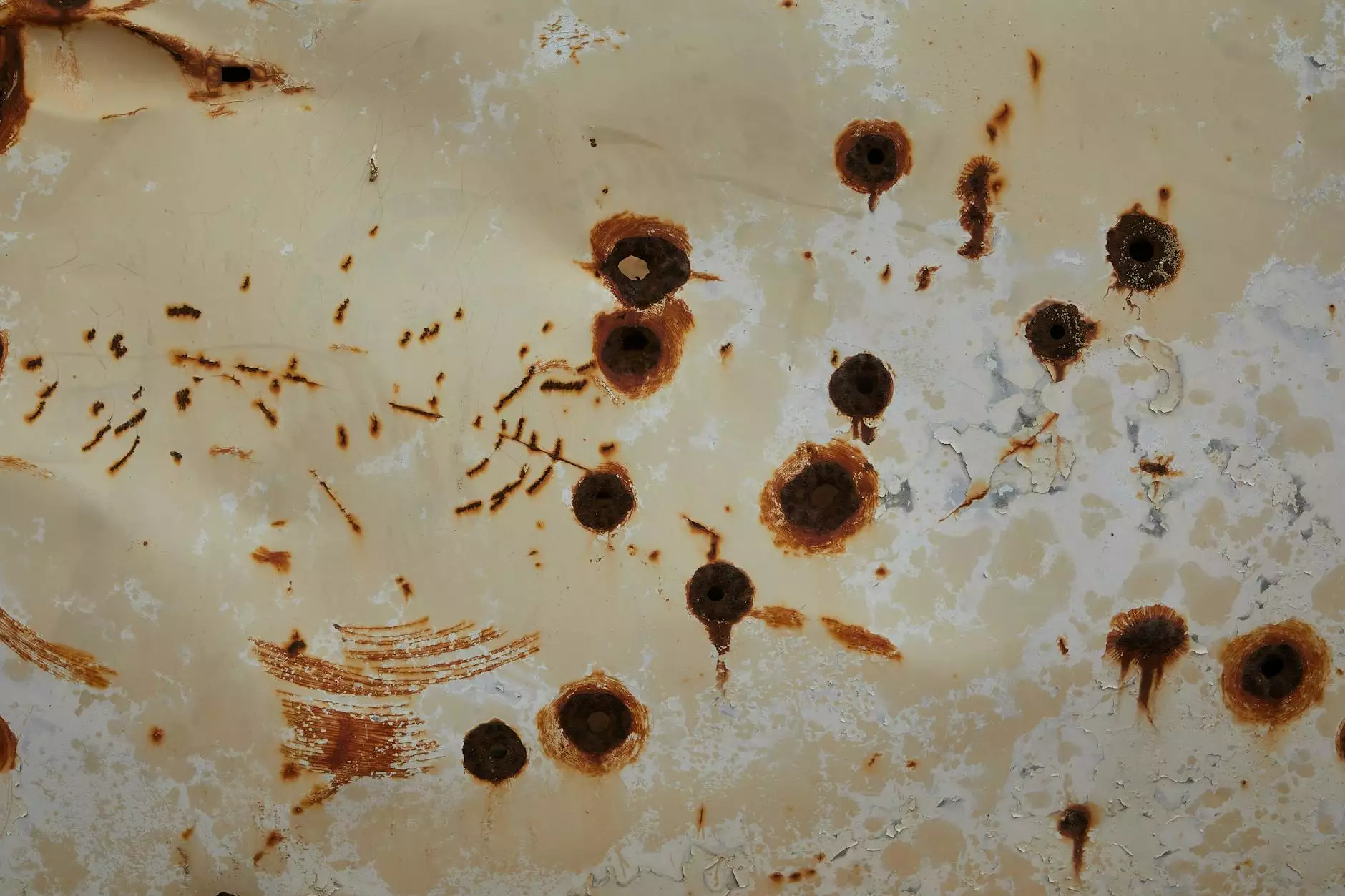Understanding Lower Leg Discoloration and Swelling

Lower leg discoloration and swelling are common symptoms that can affect individuals of all ages. These conditions can be caused by a variety of health issues, ranging from minor to serious. In this article, we will explore the causes, symptoms, and treatment options for lower leg discoloration and swelling, providing you with an in-depth understanding of this important health topic.
What is Lower Leg Discoloration and Swelling?
Lower leg discoloration refers to any change in color from the normal skin tone of the lower extremities, while swelling indicates an increase in size due to an accumulation of fluid. Together, these symptoms can point towards underlying vascular or medical conditions that require attention.
Common Causes of Lower Leg Discoloration and Swelling
Many factors can contribute to lower leg discoloration and swelling. Understanding these causes can help you determine when to seek medical advice. Some common causes include:
- Venous Insufficiency: A condition where the veins cannot pump enough blood back to the heart.
- Thrombophlebitis: Inflammation of a vein, often accompanied by a clot.
- Heart Failure: Impaired heart function can lead to fluid accumulation in the legs.
- Liver Disease: Conditions affecting the liver can lead to fluid retention and discoloration.
- Kidney Disease: Impaired kidney function can result in swelling due to excess fluid in the body.
- Infections: Cellulitis and other infections can cause localized swelling and color changes.
- Trauma: Injuries such as sprains, fractures, or other impacts can lead to swelling and bruising.
Symptoms Accompanying Lower Leg Discoloration and Swelling
Lower leg discoloration and swelling can be accompanied by a variety of symptoms, which may help in diagnosing the underlying condition. Some common accompanying symptoms include:
- Pain or tenderness: Accompanying pain may indicate a deeper vascular issue.
- Heat: Affected areas may feel warm to the touch.
- Redness: An increase in skin redness can indicate inflammation or infection.
- Itching: Sometimes discoloration can cause an itchy sensation.
- Change in skin texture: Skin may become hardened or develop rashes.
When to Seek Medical Attention
It is crucial to seek medical attention if you experience significant changes in the color or size of your lower legs, especially if accompanied by other symptoms such as shortness of breath, chest pain, or sudden swelling. You should consider consulting a healthcare professional if:
- The swelling persists for more than a few days.
- You notice discoloration that does not fade.
- There is severe pain associated with the swelling.
- You have a personal or family history of vascular diseases.
Diagnosing the Underlying Issues
To determine the cause of lower leg discoloration and swelling, medical professionals will perform a thorough evaluation, which may include:
- Physical Examination: A detailed examination of the limbs to assess swelling, discoloration, and any signs of inflammation.
- Ultrasound: This imaging technique is often used to evaluate blood flow in the veins.
- Blood Tests: Tests to check for markers of infection, inflammation, or kidney and liver function.
- X-rays or CT Scans: These may be necessary to assess for fractures or other internal issues.
Treatment Options for Lower Leg Discoloration and Swelling
Treatment for lower leg discoloration and swelling depends on the underlying cause. Some common approaches include:
1. Medical Management
For conditions such as venous insufficiency or thrombophlebitis, medications may be prescribed, including:
- Anticoagulants: To prevent blood clots.
- Diuretics: To reduce fluid retention.
- Anti-inflammatory drugs: To alleviate pain and reduce swelling.
2. Lifestyle Modifications
Making lifestyle changes can greatly improve symptoms:
- Exercise: Regular physical activity can improve circulation.
- Weight Management: Maintaining a healthy weight can relieve pressure on veins.
- Dressing Choices: Wearing loose-fitting clothing can help reduce irritation.
3. Compression Therapy
Compression stockings are often recommended to improve blood flow in the legs. These garments apply pressure, which can help alleviate swelling and discomfort.
4. Surgical Interventions
In severe cases, surgical options may be considered, especially for venous insufficiency and varicose veins:
- Vein Ligation: Tying off a vein to prevent blood pooling.
- Endovenous Laser Therapy (EVLT): A minimally invasive technique to close off varicose veins.
- Sclerotherapy: Injection of a solution to eliminate veins.
Preventing Lower Leg Discoloration and Swelling
Proactive measures can significantly reduce the risk of developing lower leg discoloration and swelling:
- Stay Hydrated: Drinking plenty of fluids can help maintain proper circulation.
- Elevate Your Legs: Elevating your legs can enhance blood flow and reduce swelling.
- Avoid Prolonged Sitting or Standing: Regular movement helps keep blood flowing.
- Healthy Diet: A balanced diet can support overall vascular health.
Conclusion
Understanding lower leg discoloration and swelling is essential for early detection and treatment of potential vascular issues. By recognizing the symptoms, knowing when to seek medical help, and understanding treatment and prevention strategies, individuals can take charge of their vascular health. If you or someone you know is experiencing these symptoms, do not hesitate to consult with a healthcare professional to ensure proper diagnosis and appropriate intervention.
Contact Truffles Vein Specialists
If you are seeking professional advice or treatment for vascular conditions, consider reaching out to Truffles Vein Specialists. Our team of experts is dedicated to helping you achieve optimal vascular health and addressing concerns such as lower leg discoloration and swelling. Visit trufflesveinspecialists.com for more information and to schedule a consultation.









